Food Drive supports local community
October 27, 2014
During the week of Oct. 6, students search their pantries for food as usual, but this week for food intending to be donated. Non-perishable food items that they could donate would help the NHS organized food drive create a mass amount of product to help those who are unable to afford it.
October 10th marked the final day of the food drive in which many students and faculty donated non-perishable food and also money to the local food shelf. They would be helping the cause of supporting community members who may not have the financial ability to buy their own food. Within the school, there was an incentive to collect the most food as the class with the most food would be rewarded. It was expected that most students would participate in the activity and that there would be a tremendous outcome.
One in every ten Minnesotans skips ten meals per month due to other necessities that take priority over their own hunger. This shows that one in ten Minnesotans is losing a significant amount of nutrition every month. This nutrition can be provided if fundraisers such as the food drive are plentiful and successful.
Junior Mary Norkol said, “Because Stillwater is so large it’s easy for something like this [food drive] to happen.” When the community works together in masses to provide service to one cause, a lot can be accomplished.
Sophomore Evan Johnson said, “Our tight-knit community allows us to make a greater impact with every item of food we donate.” Johnson added, “It gives people a chance to better themselves than to search for food every night.”
“Our tight-knit community allows us to make a greater impact with every item of food we donate.”
— Evan Johnson
Donations not only help the families in need, they help increase the quality of the community. Seeing as One in six people in the country are going hungry, five of every six people are able to help that person and balance the community and allow it to grow as a whole. Forty percent of people going hungry in the United States are children. This means that families are unable to provide for the several children they have and more people are effected in a single case of hunger.
The food drive the school holds works very well and succeeds to meet the massive goals set by those organizing it. However, if there were changes to be made, they would only be needed in areas of communication.
Norkol said, “I think it’s necessary to give the students a heads up before the food drive starts and make sure people know of when it’s going on.”
Other than the benefits for the community and the recipients of the donations, the donators are also benefitted in the process of the community program. Donators get the opportunity to familiarize themselves with a situation of desperation. To not have food is a struggle that many families will never see and this program brings awareness to how fortunate most people are to have basic necessities such as access to food.
Social studies teacher Molly Siebert said, “The benefit for me is that I am in a position to where I can give and that I can help those in need.”
Some take personal pride in the fact that they help less fortunate people, as they should because of the tremendous progress food shelves have made to feed people who can not afford to purchase their own source of food.
The food drive this year was a success and supported an impactful cause. Students and faculty are encouraged to participate in further programs similar to the food drive and give back to the community. Future food drive programs are expected to bring in exceptional results as the one this October has done.



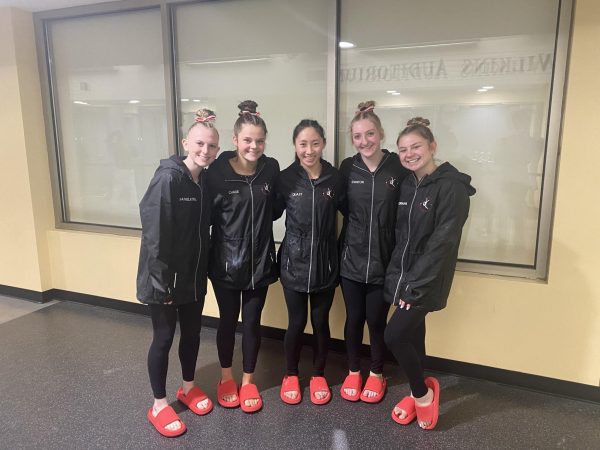


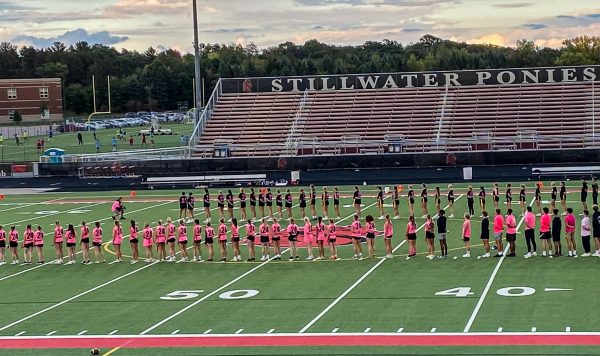
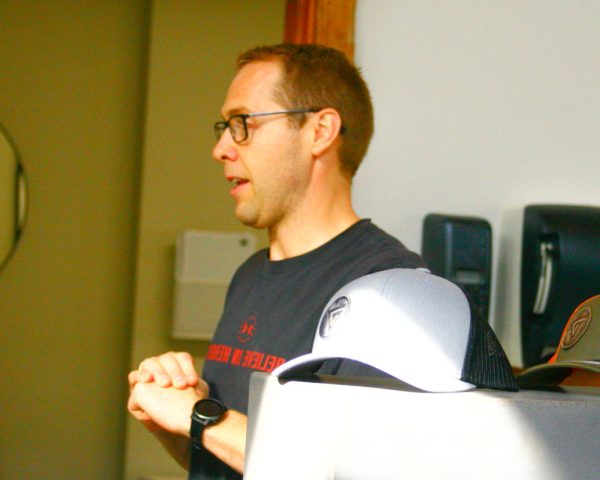
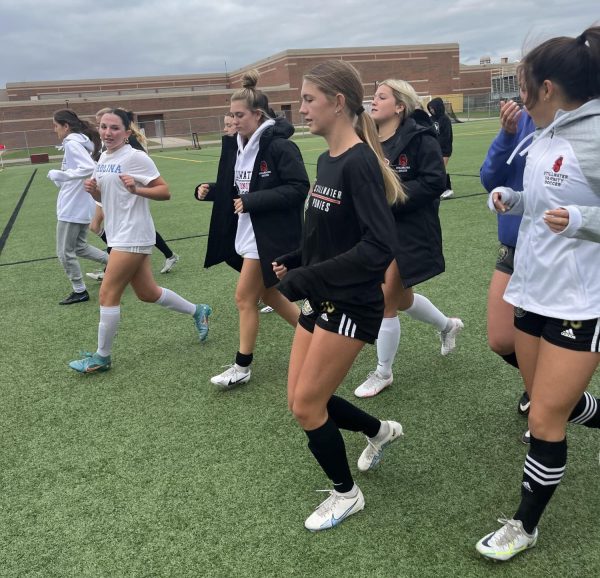
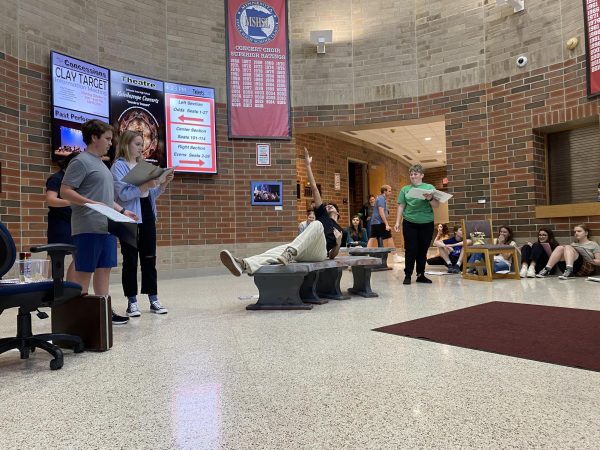

Isaac Thole • Jan 10, 2015 at 4:40 pm
I enjoyed reading this article! Lots of facts were given about hunger and necessities Though only minimal information was given about the food drive which the title announced.
Mackenzie Bottolfson • Nov 11, 2014 at 2:02 pm
I really like your lead, along with the nutgraph that summarizes your article. I also liked your use of facts, but it would have been nice if you said a little bit about Valley Outreach.